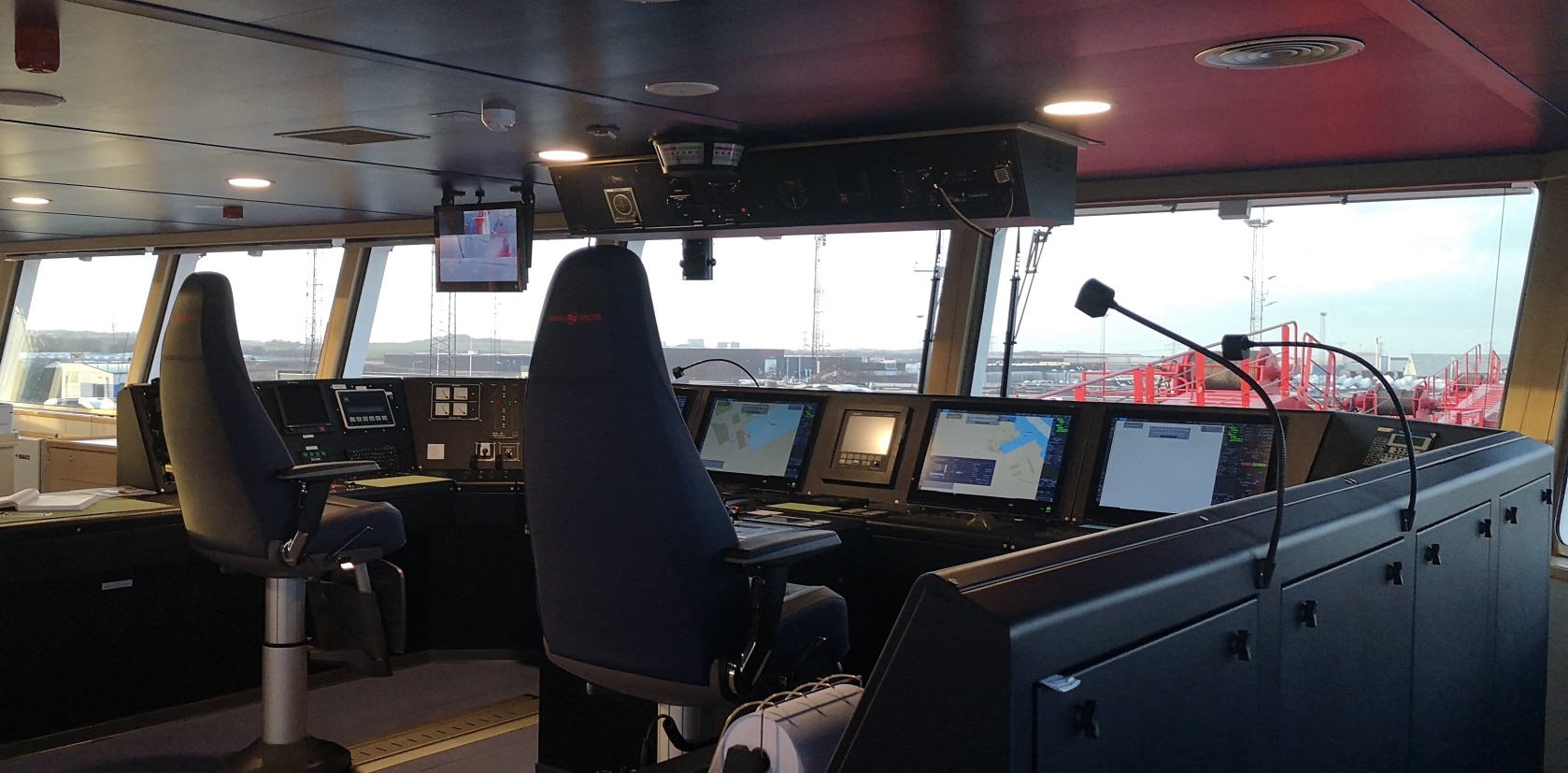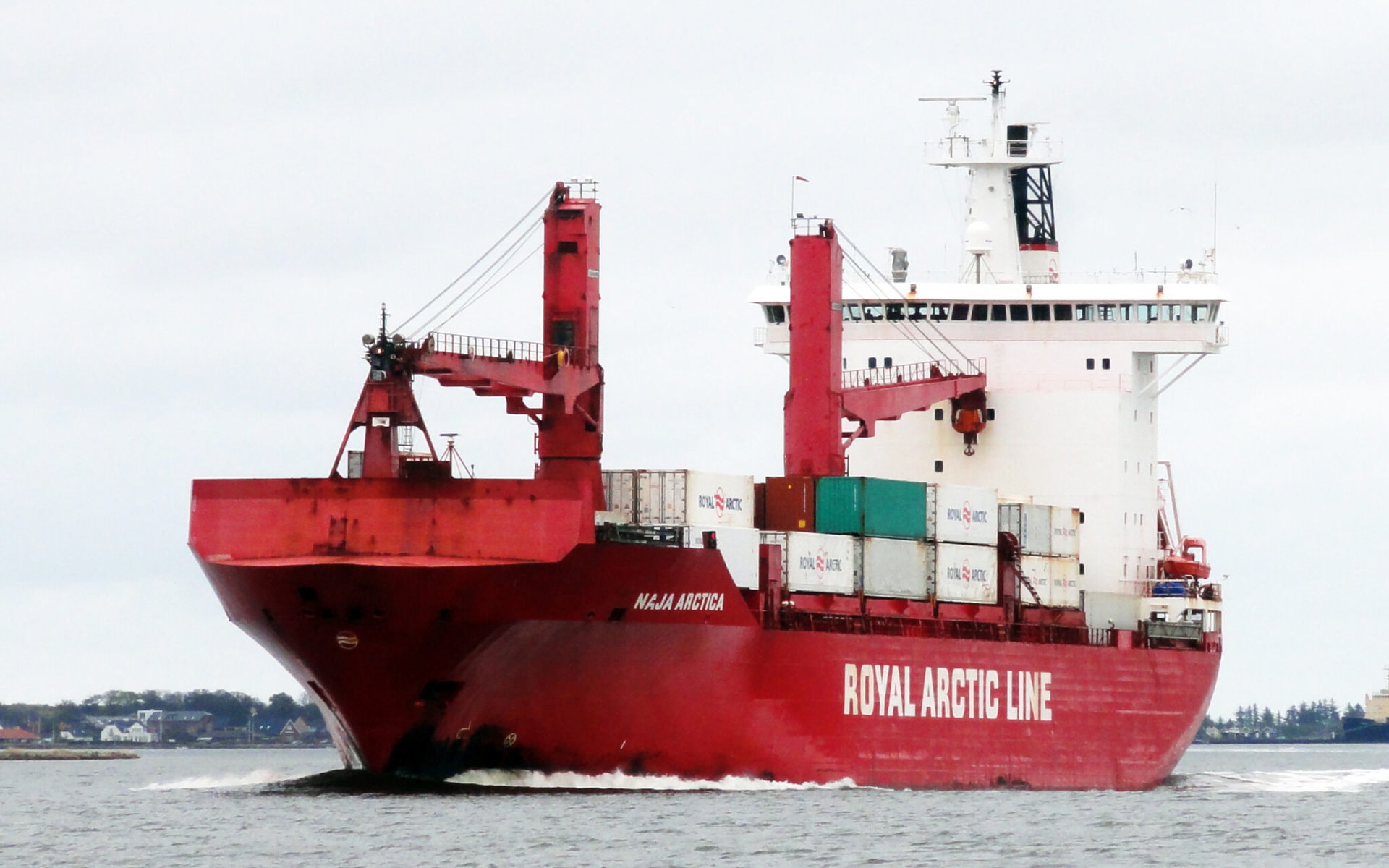Sternula is leading the implementation of AIS 2.0/VDES, the evolution of the widely used AIS technology. The VHF Data Exchange System (VDES) is set to become the backbone of maritime communication, enabling real-time data exchange among vessels, coastal networks, and satellites. Our commitment to standardizing VDES under IALA, IMO, and ITU showcases our dedication to shaping a seamless and efficient maritime telecom network.
At Sternula, we want to save lives at sea, reduce pollution from inefficient shipping, and enable a better work-life for sailors.
The maritime authority is responsible for maritime safety and a range of navigational services within its waters. It is important for the maritime authority that implemented solutions are available to everyone in their waters of jurisdiction at the lowest possible cost.
IMO (International Maritime Organization) developed the e-Navigation Strategy Implementation Plan that lists key digital services that should be offered by maritime authorities to vessels sailing in their waters. It includes:
Sternula helps the maritime authority to achieve digitalization by offering an AIS 2.0 satellite network. The satellite network can be used to jump-start AIS 2.0 usage by the maritime authority, since it covers all territorial waters from the beginning. Later, the satellite network may be supplemented by coastal AIS 2.0 installations in the more densely trafficked waters.

Our technology will play a pivotal role in distress monitoring and signal collection. VHF-based DSC distress messages will be crucial for initiating timely Search-and-Rescue (SAR) operations, particularly in remote regions like the Arctic. Sternula’s system will enhance the safety of vessels, offering an increased chance of saving lives by swiftly responding to distress situations. Find more about DSC distress monitoring on this page.
Sternula is offering a scalable connectivity option perfectly suited for maritime machine-to-machine communication solutions. If connectivity needs to be achieved for many vessels or offshore assets, the total installation cost can be kept very low because the cost per installation is limited to the already mandatory AIS unit. Worst case, the installation may require an upgrade of the onboard AIS unit to a newer model supporting AIS 2.0 (VDES). Additionally, AIS 2.0 (VDES) is designed to facilitate data transfer without an IP address, a feature that significantly enhances its security measures. This innovation ensures a safer and more reliable data exchange process for maritime communication.

The marine sector is experiencing tremendous advances in technology that will lead to the commercial deployment of autonomous ships, whether they are totally autonomous or can be managed remotely. To ensure the safety of life at sea, the cargo on board, and the vessel itself, such a change requires strict regulation. In the upcoming era of autonomous ships, the complexity of onboard machinery demands constant vigilance. Sternula’s IoT-based maritime service facilitates real-time monitoring of ship engines, boilers, critical systems etc. By predicting maintenance needs and identifying issues while at sea, this solution streamlines repairs during port stays, minimizing downtime and supporting continuous vessel operation. Our innovative solutions can contribute to paving the way for Maritime Autonomous Surface Ships (MASS), bringing cutting-edge technology to redefine the future of seafaring.

Danalien 1, 2 tv, DK-9000
Aalborg, Denmark